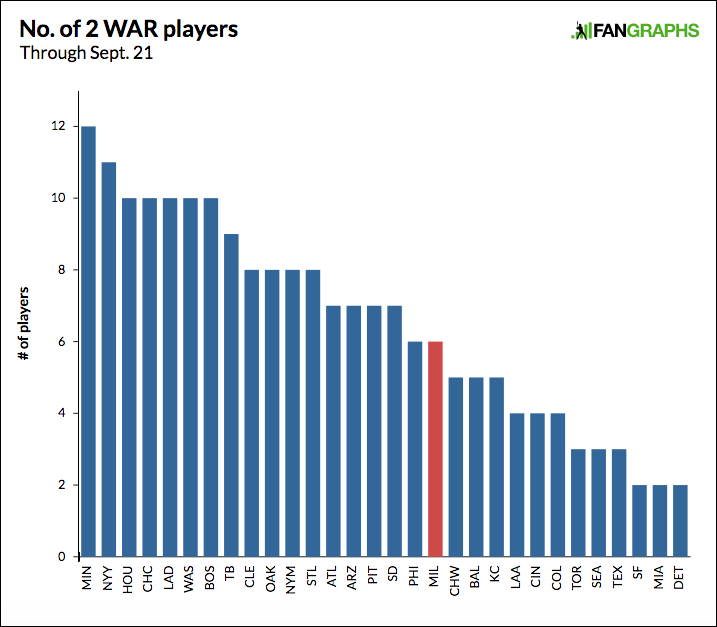Yu Darvish’s Futile Heroics
Yu Darvish’s 2018 could hardly have gone any worse. Fresh off of signing a six-year, $126 million contract with the Cubs, he made just eight starts before triceps tendinitis and a stress reaction in his right elbow ended his season. The Cubs made the playoffs, but Darvish could only watch their maddening 13-inning loss to the Rockies and wonder what could have been.
When Darvish struggled to start 2019, the situation seemed to go from frustrating to dire. His first eight starts were horrendous, rife with walks and home runs. He had been one of the most exciting pitchers in all of baseball, all strikeouts and gadget pitches, a highlight waiting to happen. He’d been a thrilling rookie, a prized deadline acquisition, and a top-tier free agent. Was he now on the downswing of his career, adding expensive journeyman to his list of accomplishments?
As it turns out, he wasn’t. As Devan Fink chronicled, Darvish turned his walk problems around, going from the pitcher with the most walks in baseball to the pitcher with the least. Since a disastrous outing in early May where he walked six Marlins, he’s been the third-best pitcher in baseball by xFIP, fourth-best by strikeout rate, and in the top 15 in WAR. In the second half, he’s been even better than that, combining a 37.2% strikeout rate with a 2.2% walk rate. His ERA, FIP, and xFIP are all in the mid-twos.
This fully actualized version of Darvish is what his flashes of brilliance through the years had always hinted at. The bottomless arsenal of pitches — he picked up Craig Kimbrel’s knuckle curve in a week — made him a delight to watch, the strikeouts coming from every conceivable angle, fastball following cutter following curve. The Cubs were off to a hot start, 22-13 even after Darvish’s disastrous turn against the Marlins, and now they were adding one of the best pitchers in baseball.
But while Darvish returned to form, the Cubs backslid. The team has gone 60-61 since that date, falling from the top of the division to nearly eliminated from postseason play. Darvish has made 23 starts in that time, and the team has gone 9-14 in those games. Wins and losses are no measure of pitcher quality, but Darvish has gone 4-5 over that timeframe. Even in the second half of the season, when Darvish went full supernova, the team was only 6-6 in his starts heading into this past Sunday. Read the rest of this entry »



 Jay Jaffe
Jay Jaffe
